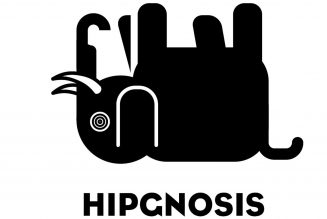
Taxpayers forked out an additional Sh89.4 billion in interest payments on the government’s domestic debt in the year to June 2024, reflecting the elevated interest rates on debt securities and increased local borrowing for budgetary purposes in the period.
Disclosures by the National Treasury show that the interest payments rose to Sh622.5 billion from Sh533.1 billion in the 2022/2023 fiscal year, leading to an increase in the ratio of debt service to revenue and GDP —key metrics in measuring public debt sustainability.
Domestic interest rates went up in the period, partly due to the Central Bank of Kenya (CBK) tightening its monetary policy and investors raising their risk perceptions on government debt on concerns about the State’s ability to service its obligations.
Bond yields peaked at up to 18.4 percent by June 2024, compared to 14 percent a year earlier, while Treasury bill yields rose 16 percent to 16.8 percent from 11.7 percent to 11.9 percent over the period.
At the same time, the government raised its net borrowing from the domestic market to Sh595.6 billion from Sh459.5 billion in the 2022/2023 fiscal year.
The elevated reliance on domestic lenders was informed by the need to plug a widened budget deficit of Sh818.3 billion (2023: Sh770.3 billion) while also repaying a maturing Sh260 billion Eurobond, which limited the ability to raise budget financing from external lenders.
“During the fiscal year under review, the ratios of domestic interest payments to total revenue increased to 27.2 percent from 26.1 percent in the 2022/2023 fiscal year, while the ratio of public domestic debt interest payments to GDP increased to 3.9 percent from 3.7 percent,” said the National Treasury in its 2023/2024 annual public debt management report.
By the end of the period, the government’s stock of domestic public debt stood at Sh5.41 trillion, while outstanding external borrowings stood at Sh5.17 trillion.
Interest charges on external loans rose by Sh62.3 billion to Sh218.2 billion, partly reflecting the weakening of the shilling versus the dollar in the first three quarters of the fiscal year.
The shilling shed 21 percent against the dollar in 2023 and weakened further to touch an all-time low of Sh160 to the greenback by February 2024, before turning the tide and appreciating to the present level of Sh129.19.
The weaker shilling had the effect of raising the amount of units the Treasury needed when buying dollars from the CBK to service external loan obligations, and also raising the local currency valuation of external loans.
In the current fiscal year, the Treasury estimates that it will spend Sh750 billion in domestic interest payments, while external interest will take up Sh259.9 billion.









